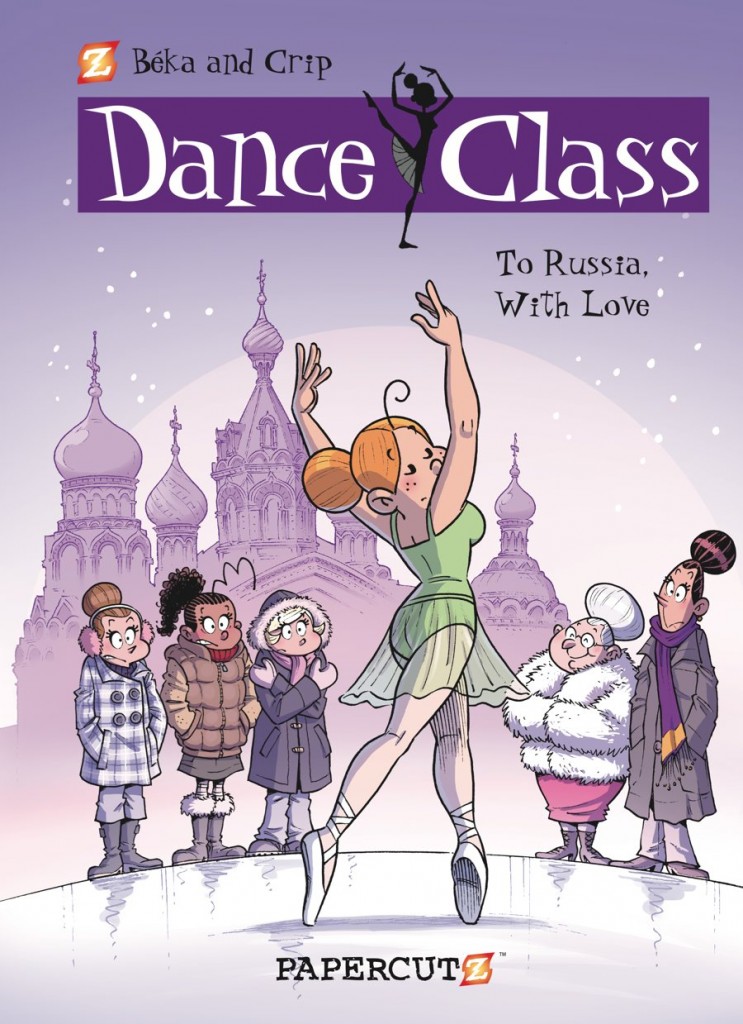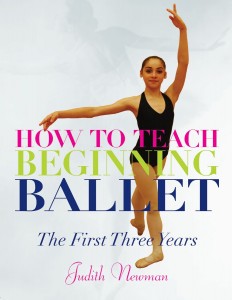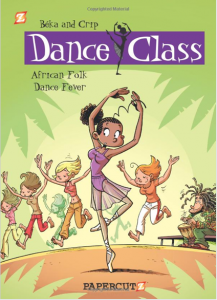 I had high expectations just reading the title of Debra Webb Rogers’ Dancing Between the Ears: accessing a dancer’s mind is the key to unlocking the potential of the body. Aimed at students, teachers, and professional dancers, this book does not disappoint. Over one hundred pages of ideas and images are organized into chapters for alignment, work at the barre, port de bras, turns, jumps, and traveling steps.
I had high expectations just reading the title of Debra Webb Rogers’ Dancing Between the Ears: accessing a dancer’s mind is the key to unlocking the potential of the body. Aimed at students, teachers, and professional dancers, this book does not disappoint. Over one hundred pages of ideas and images are organized into chapters for alignment, work at the barre, port de bras, turns, jumps, and traveling steps.
The value of Dancing Between the Ears can be summed up in a line from Rogers’ introduction: “For experienced students or professional dancers, the most important thing in dance class is not to learn new steps, but to discover new ways of thinking about the old ones.” This book contains many familiar images, and plenty I had never encountered. Some of my favorites included visualizing the vertebrae as jelly sandwiches and trying to keep all the jelly from squeezing out, imagining the legs as two opposite barbershop poles or two opposite tornadoes, floating the arms on imaginary water to keep them buoyant and supple, and running up a pretend ramp or runway on the takeoff for large jumps.
As an experienced teacher and former professional dancer, Debra Webb Rogers would know: Practice makes permanent! Sometimes all it takes to break an old habit is to practice a new way of thinking. Students and teachers all learn differently and think differently about their bodies in motion. Dancing Between the Ears offers a rich variety of images in multiple iterations—there is something for every kind of thinker in this work.









